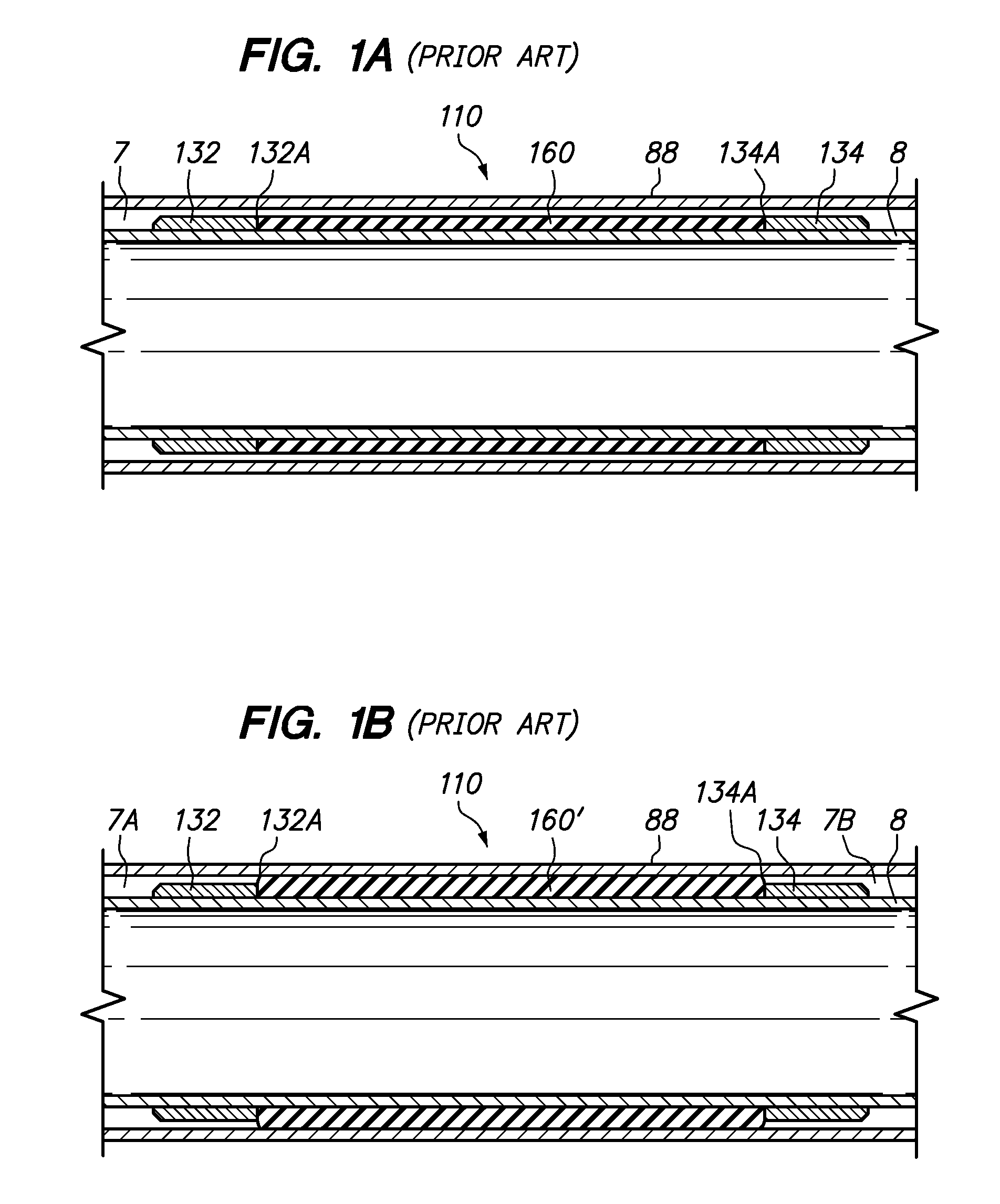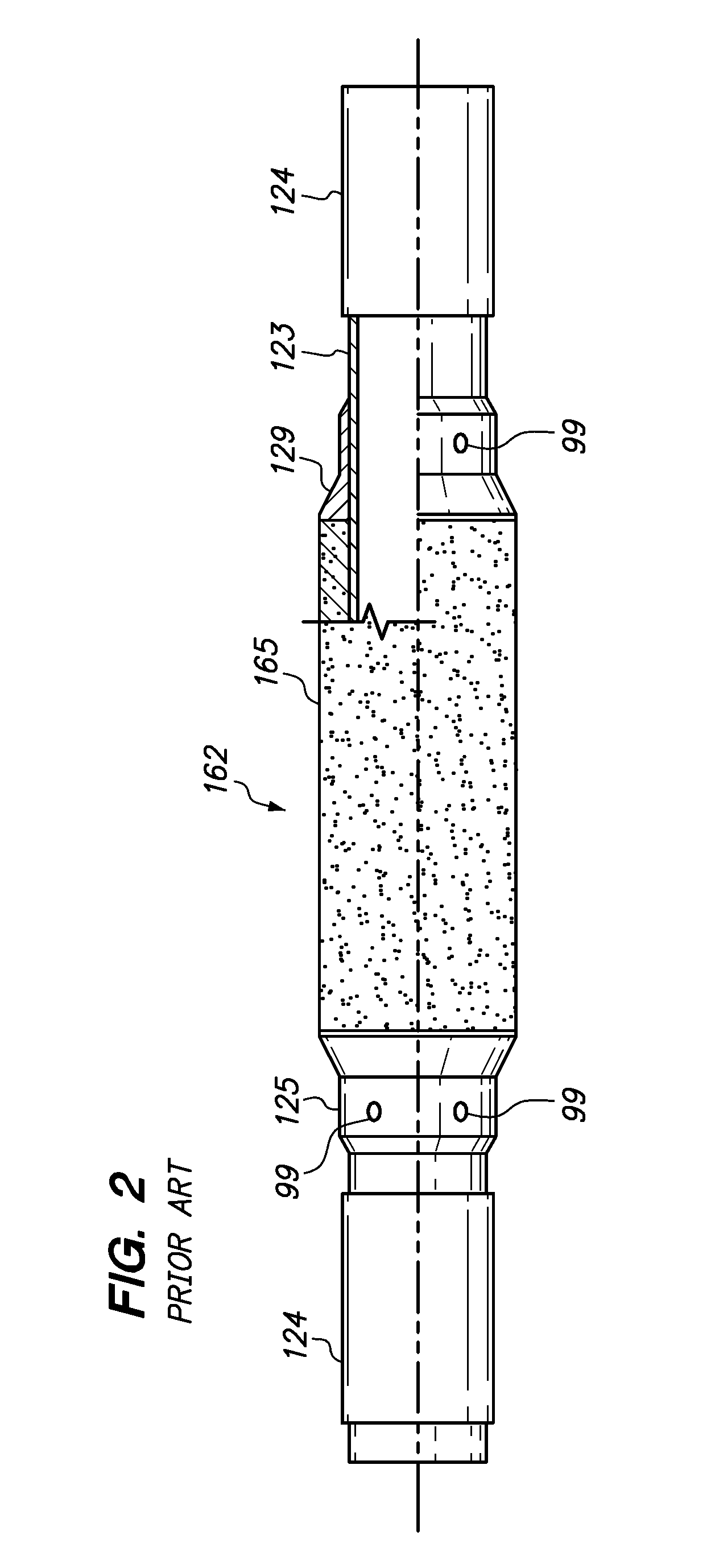Interferece-fit stop collar and method of positioning a device on a tubular
a technology of interfering fit and stop collar, which is applied in the direction of hose connection, coupling, borehole/well accessories, etc., can solve the problems of insufficient load capacity of tubulars, insufficient holding force and insufficient grip of conventional stop collars. , to achieve the effect of increasing the grip area and the resulting holding force of stop collars, reducing the cost of manufacturing stop collar components, and increasing the extension of fingers from the bas
- Summary
- Abstract
- Description
- Claims
- Application Information
AI Technical Summary
Benefits of technology
Problems solved by technology
Method used
Image
Examples
Embodiment Construction
[0077]FIG. 3 is a perspective view of a base 12 (e.g., tubular base) that may be used to form one embodiment of a stop collar, the base 12 having a bore to receive a tubular 8 and a set of fingers 16 extending from the base 12. The depicted fingers 16 of the base 12 extend in a first direction along the exterior 8A of the tubular 8, and the depicted fingers 16 are angularly distributed about the base 12 and separate by a plurality of slots 17. Base 12 may comprise a gap 15 to allow variation of the diameter of the bore of the base 12, e.g., by elastic deformation of the base 12 to close or open the gap 15. Base 12 may comprise a stop wall 13 to limit the extent to which a sleeve may be received onto the fingers 16. Fingers 16 may be coextensive, e.g., in axial length of extension from the base 12. Fingers 16 may comprise a taper (not shown) along their length or along a portion the length of extension from the base 12, and / or the fingers 16 may comprise a bevel 19 to engage and guid...
PUM
 Login to View More
Login to View More Abstract
Description
Claims
Application Information
 Login to View More
Login to View More - R&D
- Intellectual Property
- Life Sciences
- Materials
- Tech Scout
- Unparalleled Data Quality
- Higher Quality Content
- 60% Fewer Hallucinations
Browse by: Latest US Patents, China's latest patents, Technical Efficacy Thesaurus, Application Domain, Technology Topic, Popular Technical Reports.
© 2025 PatSnap. All rights reserved.Legal|Privacy policy|Modern Slavery Act Transparency Statement|Sitemap|About US| Contact US: help@patsnap.com



